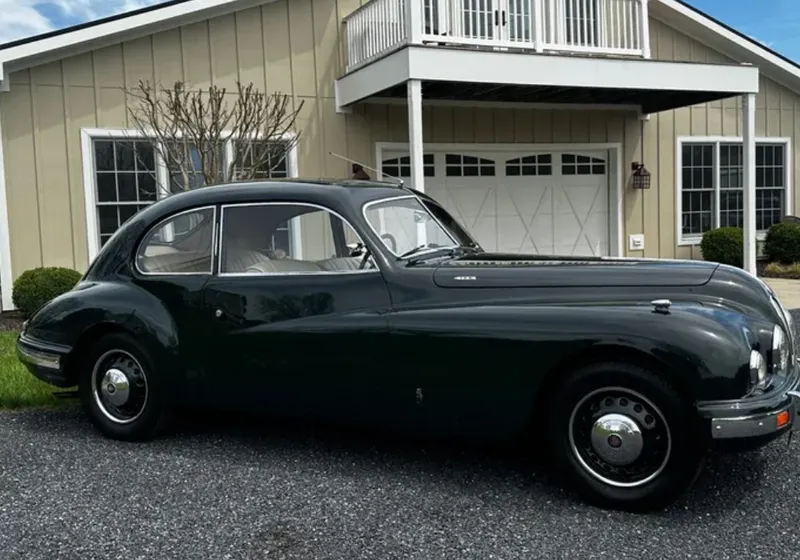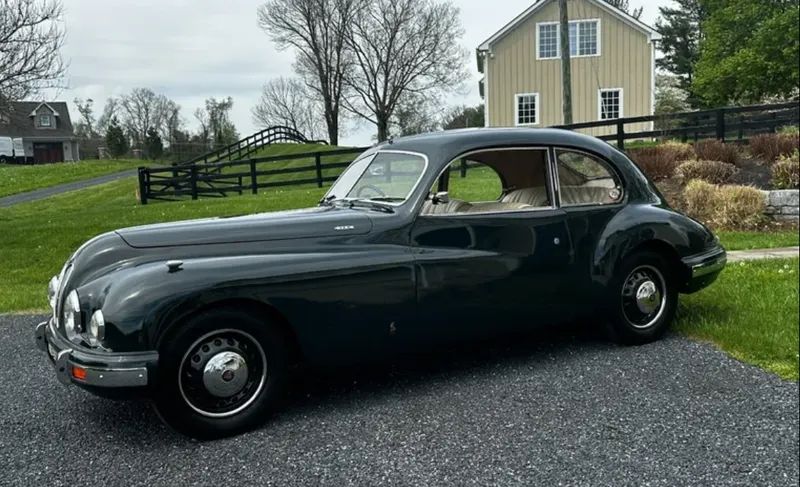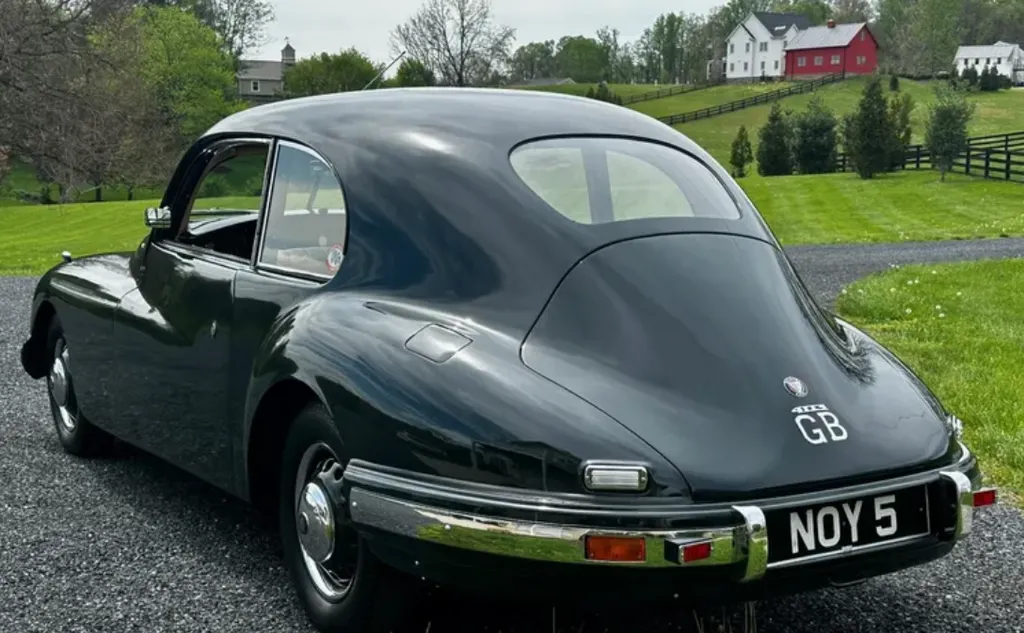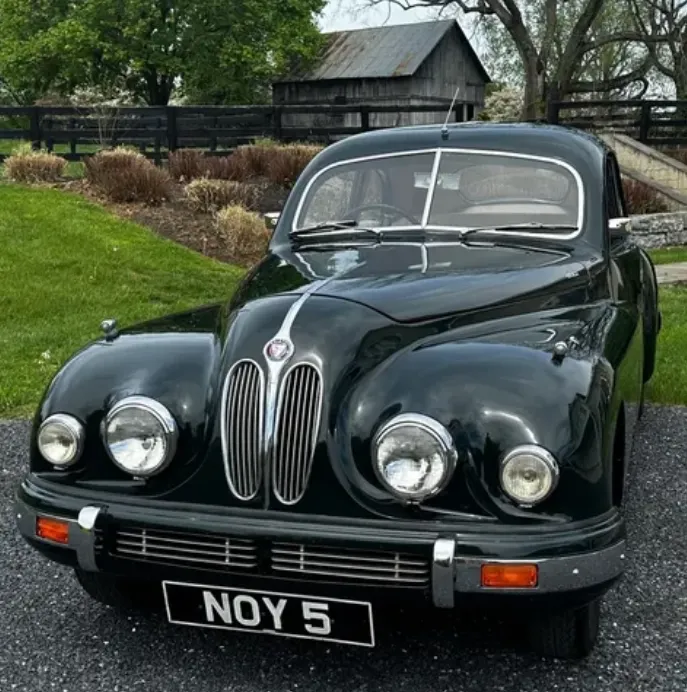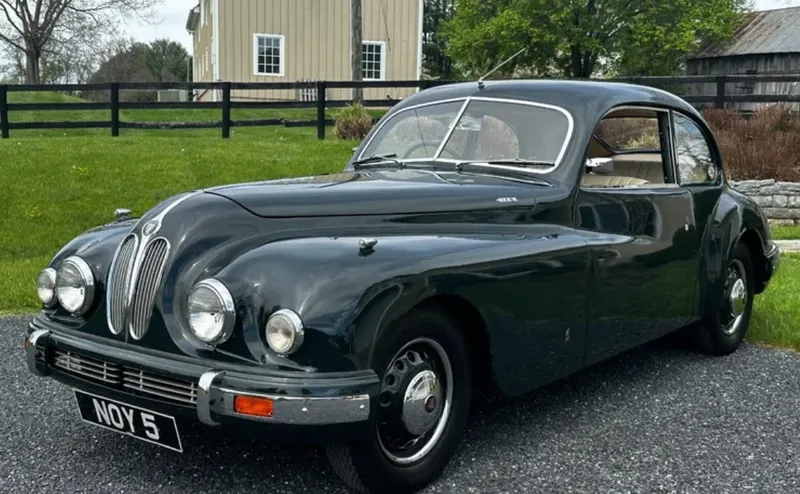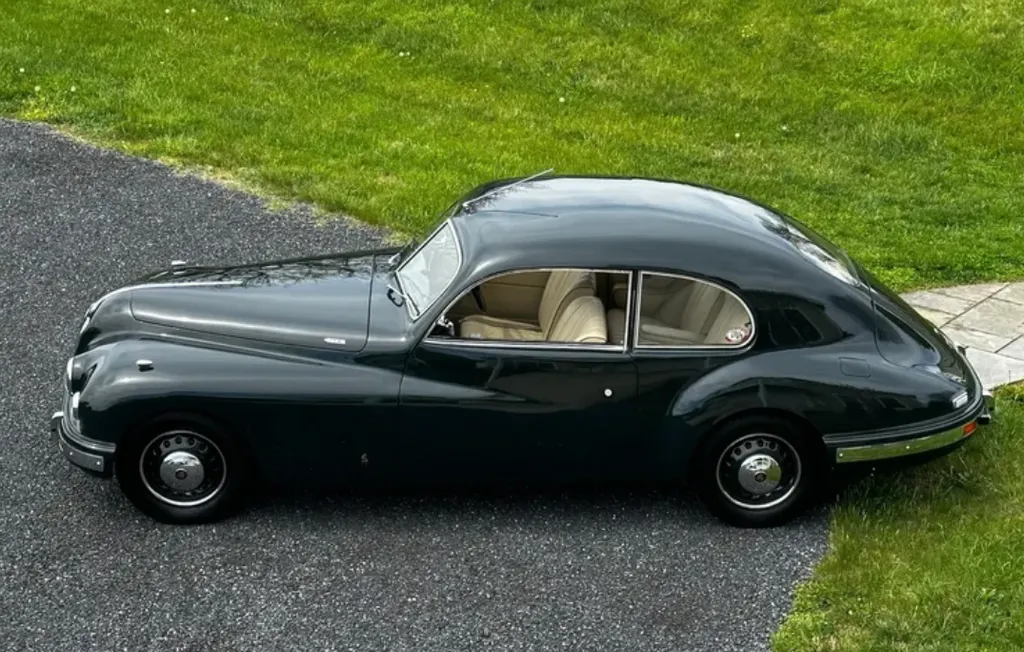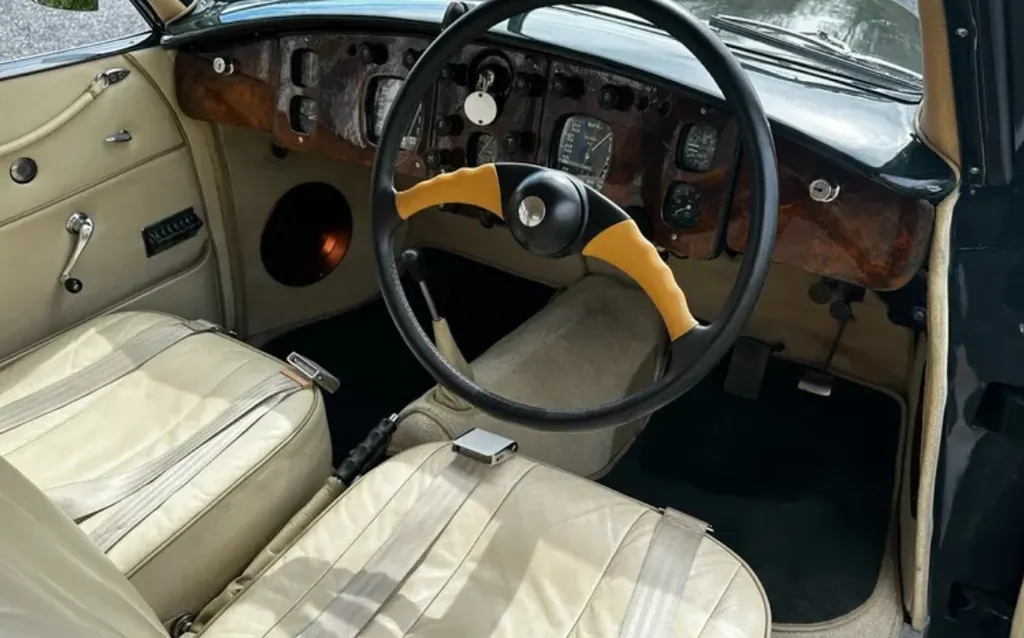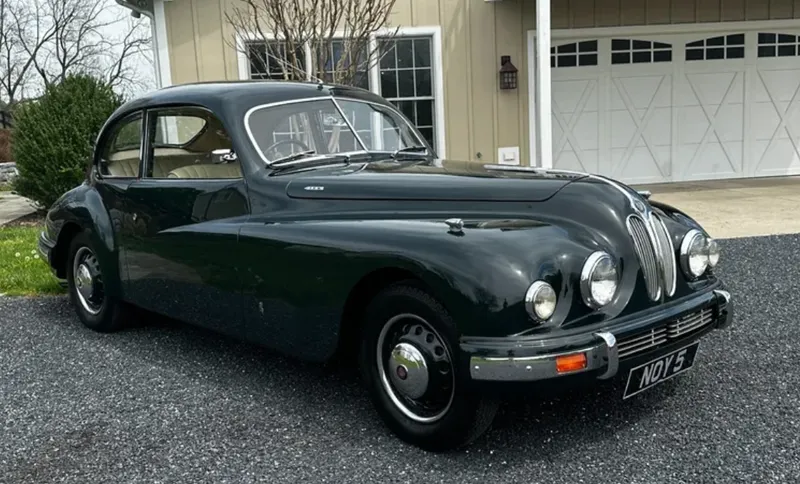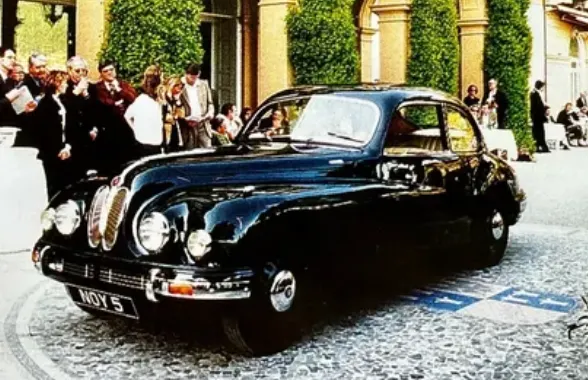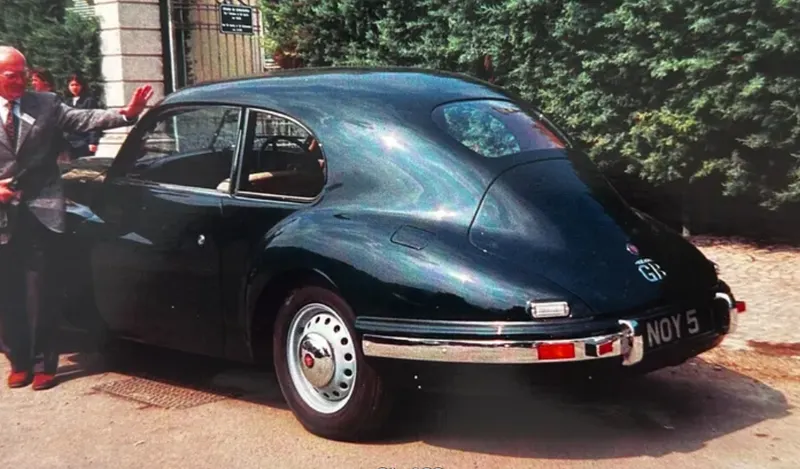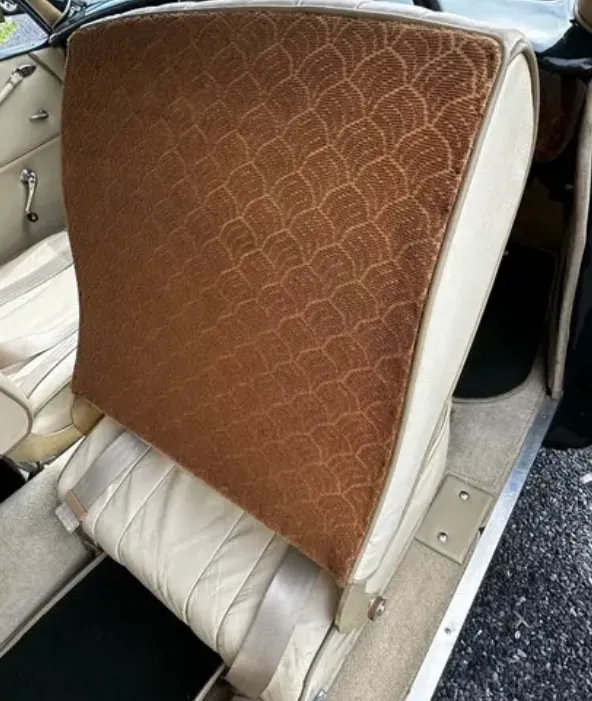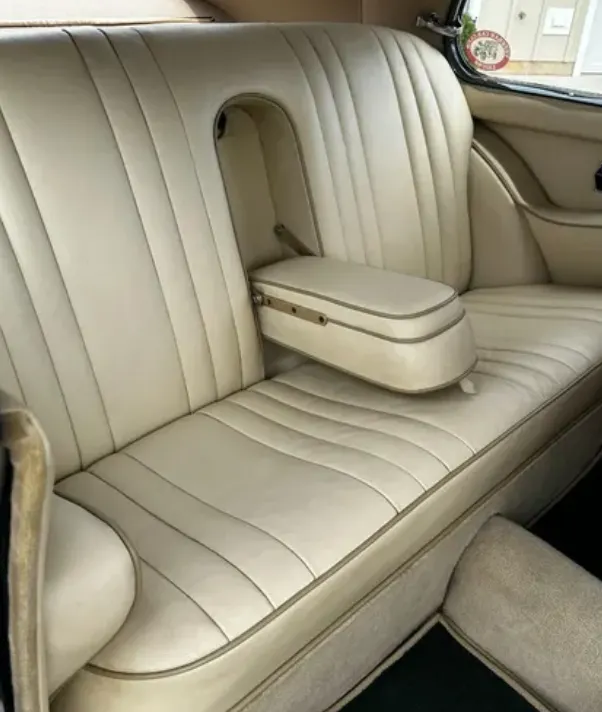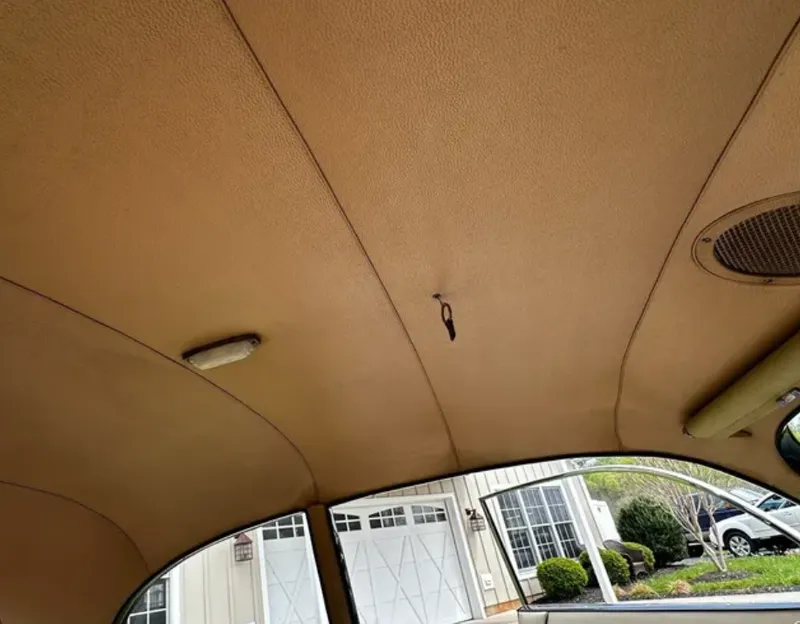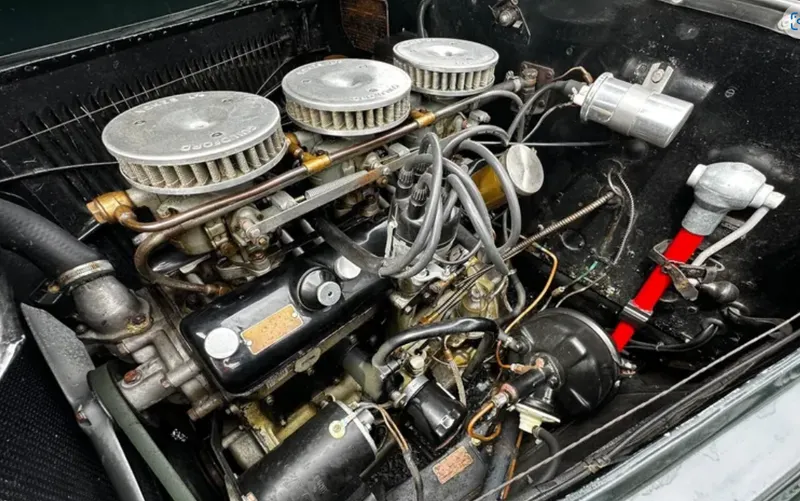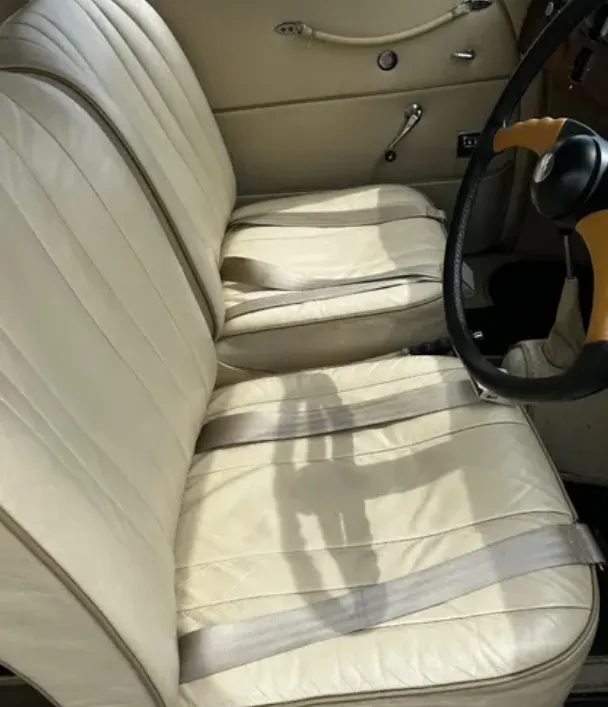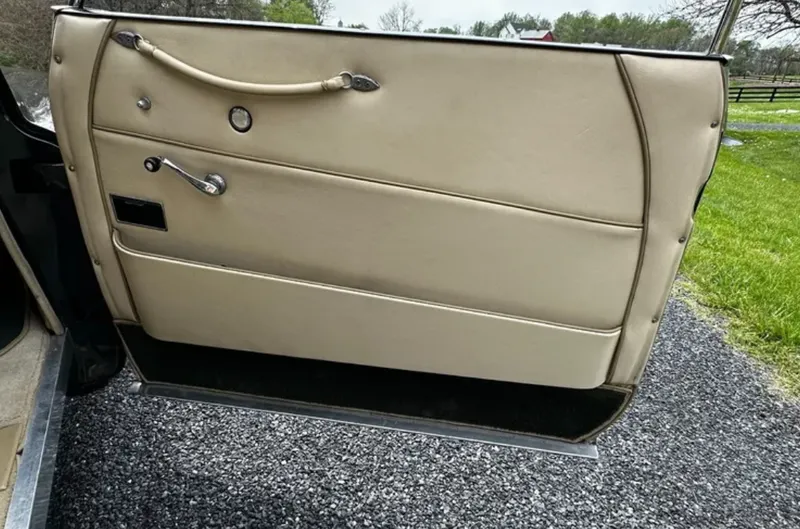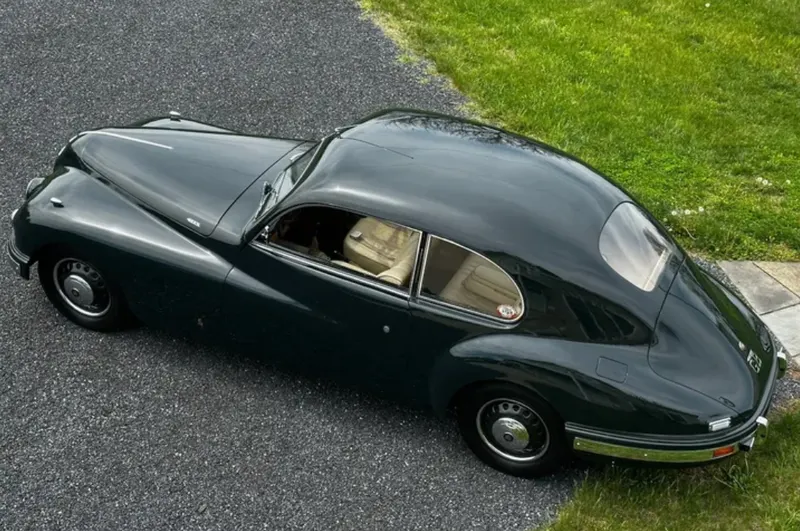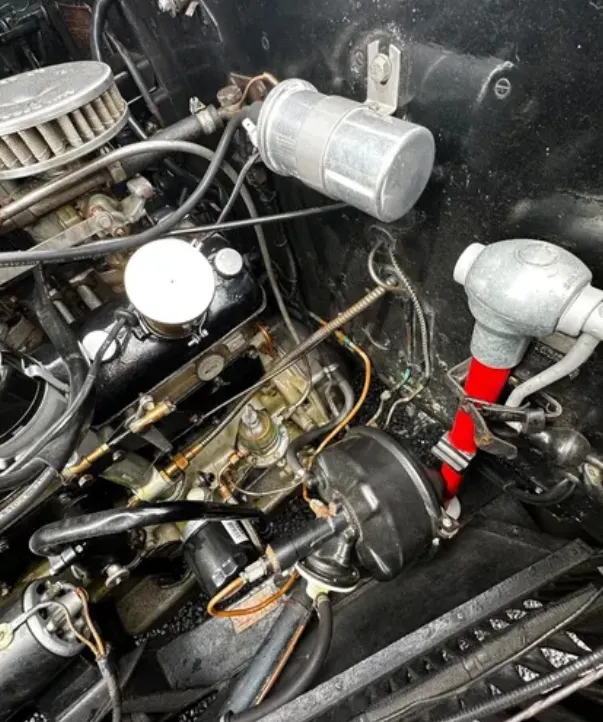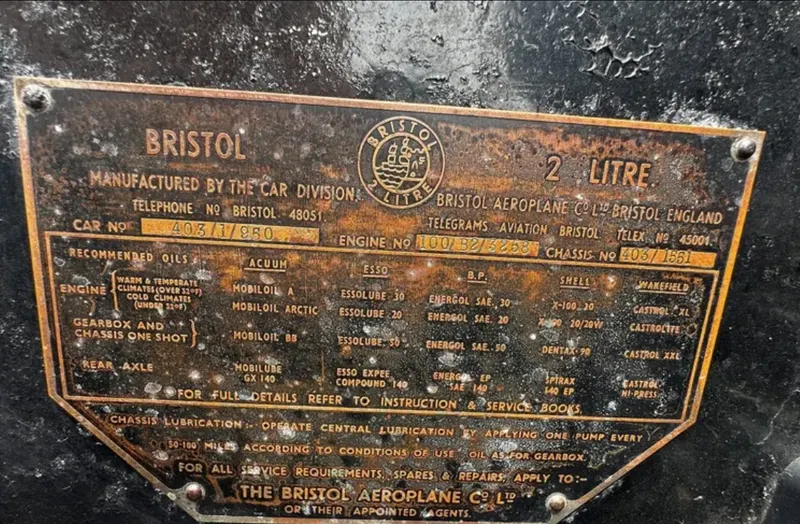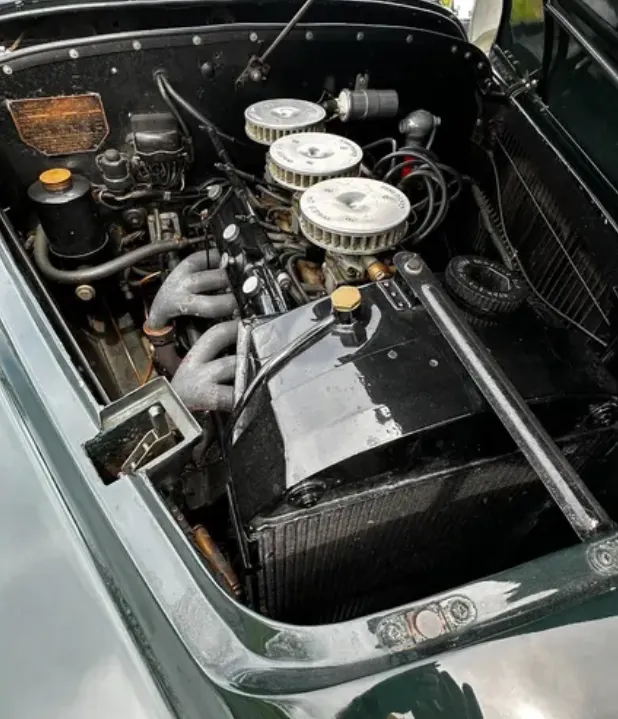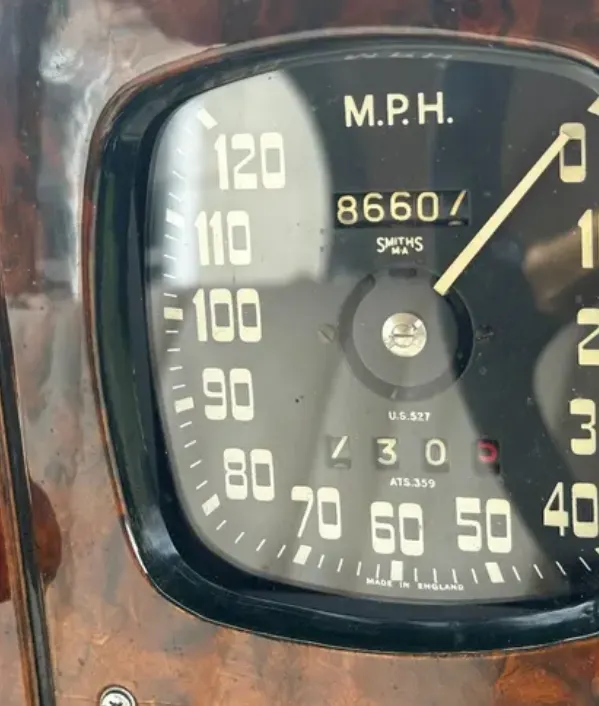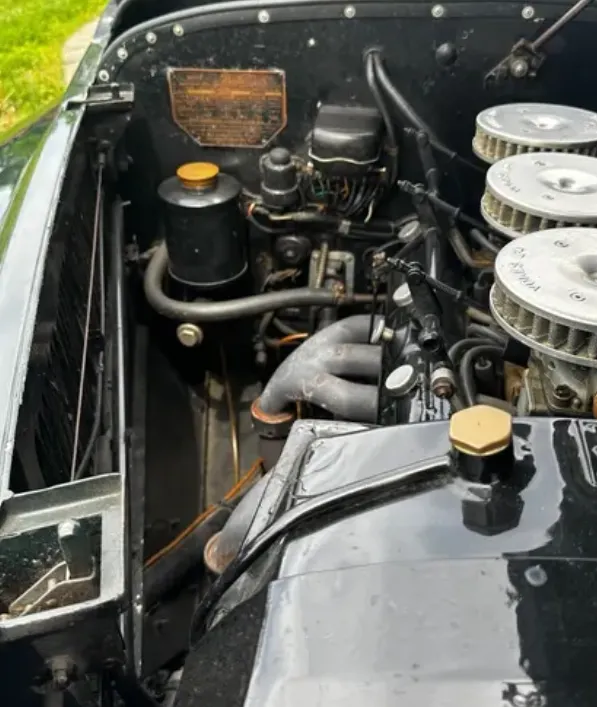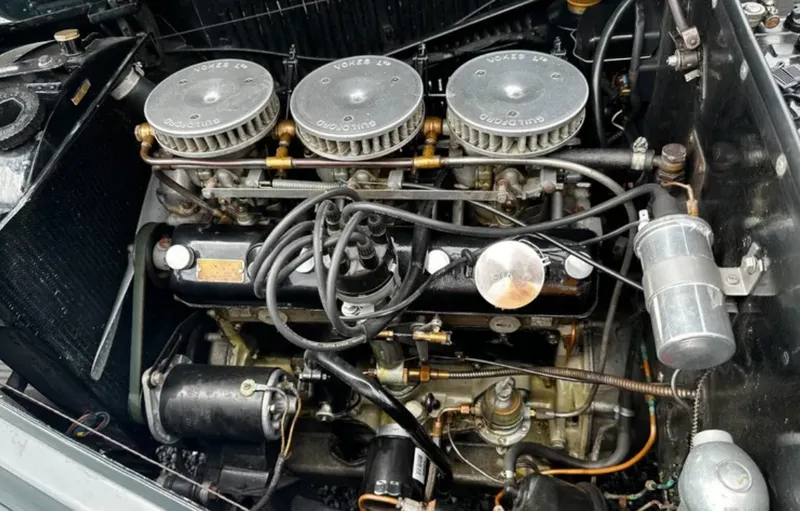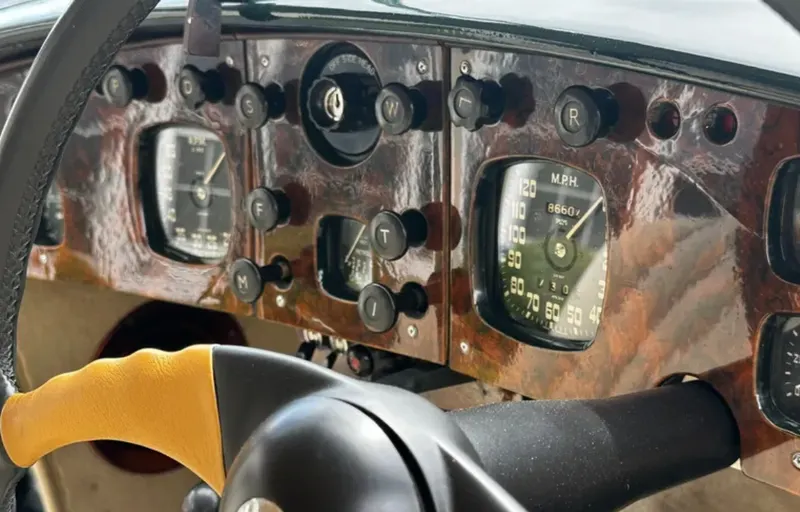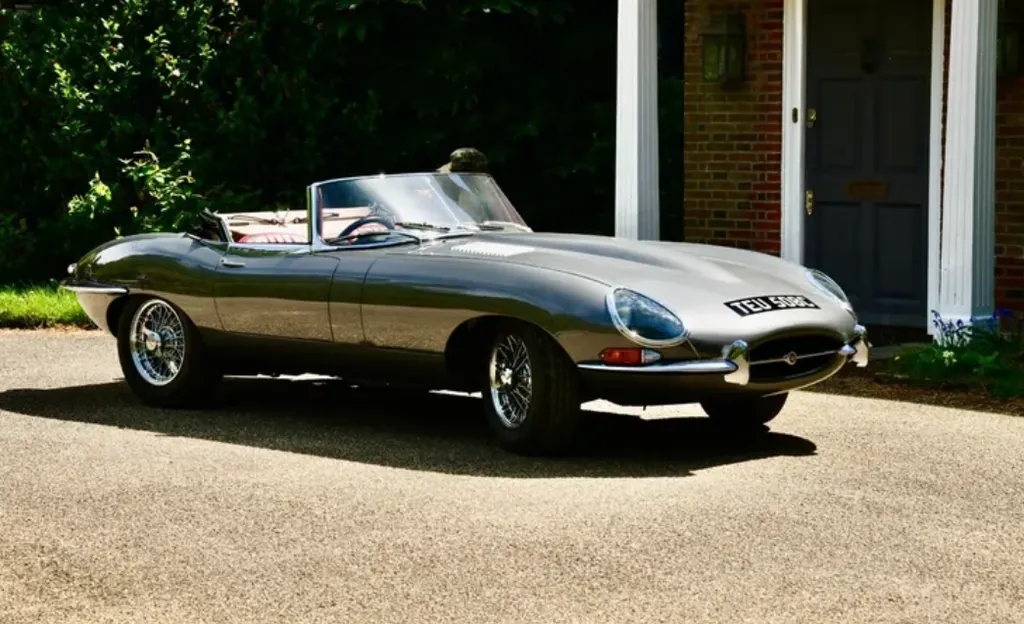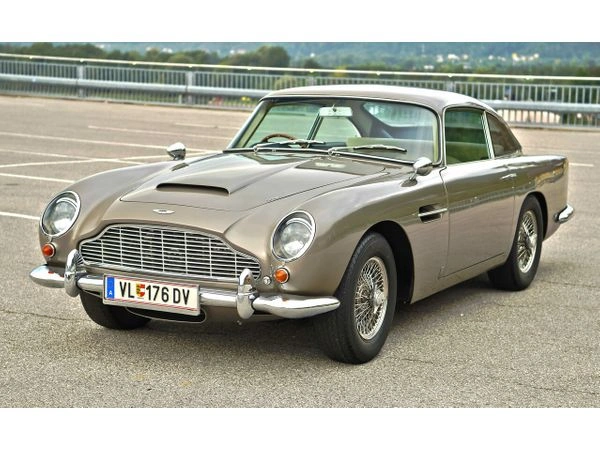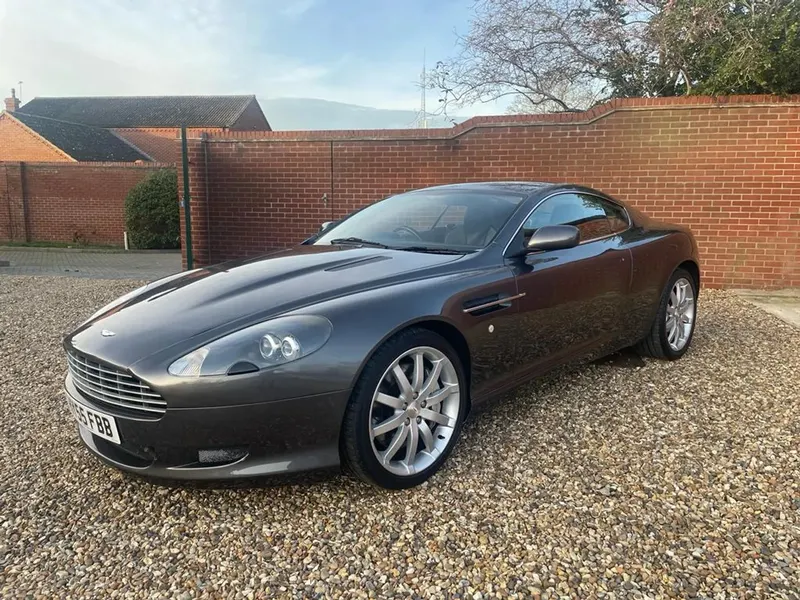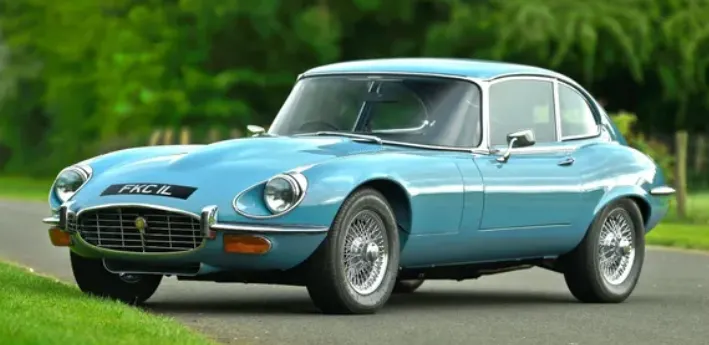1954 BRISTOL 403 - £59,995
The Bristol 403 is a notable model in the early history of British postwar motoring, produced by the Bristol Aeroplane Company’s car division between 1953 and 1955. It represents a key stage in the evolution of the Bristol luxury sports saloons, blending aviation-inspired engineering with elegant design. Background: Bristol’s Postwar Automotive Venture After World War II, the Bristol Aeroplane Company—renowned for building military aircraft—sought to diversify due to the reduced demand for wartime planes. This led to the creation of Bristol Cars, which started by acquiring the rights to build cars based on pre-war BMW designs (notably the BMW 328 and 327), thanks in part to British war reparations and negotiations with BMW engineer Fritz Fiedler. The company’s first car, the Bristol 400, was launched in 1947, heavily influenced by the BMW 327’s styling and the BMW 328’s advanced straight-six engine. Development of the Bristol 403 The Bristol 403 was the third iteration in this lineage, following the 401 and 402 models. Compared to its predecessors: It retained the aerodynamic styling of the 401, designed with help from the Bristol Aeroplane Company's wind tunnel. It improved upon the build quality, handling, and performance, marking it as a refinement rather than a reinvention. Key features: Engine: 2.0-liter inline-6, based on the BMW 328 design, producing about 100 bhp—a significant output for its time and displacement. Top speed: Around 104 mph (167 km/h), making it one of the fastest saloons of its day. Suspension: Independent front suspension and a live rear axle, tuned for a balance of comfort and agility. Brakes: Advanced for the time, featuring Girling hydraulic drum brakes. Build: Hand-crafted aluminum and steel bodywork on a steel box-section frame. Luxury: Interior trimmed with wood and leather, befitting its market as an exclusive gentleman’s grand tourer. Design Philosophy and Market The 403 wasn’t about mass production—it was aimed at wealthy, discerning customers who valued engineering over flash. Its understated design, aviation-grade engineering, and exclusivity earned it a quiet but loyal following. Despite its conservative styling, the 403 had a strong motorsport pedigree—its engine lineage traced back to one of the most successful pre-war sports cars (the BMW 328). This heritage gave it real sporting credentials beneath its reserved exterior. Legacy of the Bristol 403 Only 287 units of the Bristol 403 were produced, adding to its rarity today. It stands as a pivotal model in Bristol’s lineup: It solidified Bristol’s reputation for making high-quality, high-performance luxury vehicles. It marked the end of the 2.0-liter engine era before Bristol shifted to larger engines in later models (such as the 2.2L in the 404 and eventually Chrysler V8s). It maintained the aircraft-influenced philosophy—prioritizing function, performance, and engineering precision over mass appeal. Today, the Bristol 403 is cherished by collectors for its unique blend of aviation engineering, Bavarian mechanical roots, and British craftsmanship. This is one of the last of the Bristol 403 series, and thus has a slightly higher horsepower (105 bhp) motor. It comes with a lot of interesting paperwork from when the present owner who lived in England (he purchased the car in 1994): MOT's, registrations, correspondence with the Bristol works, Connolly Hide receipts, restoration work, etc. There is also documentation for the installation of the Factory-approved overdrive unit. This gentleman also owns a 1946 Bristol 400, which he showed at the Villa D'Este Concours in the late 1990's. While he was at Como he also had the 403 with him (his "driver").He met Carlo Anderloni, the son of the founder and the chairman of Carrozzeria Touring in Milano, and Anderloni arranged for Michael to drive the 403 by the awards podium. Anderloni influenced the design of the 403 body, which used Touring Superleggera construction. (See the two photos with the 403 and Anderloni). When the owner lived in Genoa, Italy, he drove the car to his brother's house just south of London on three or four round trips. For the past eight years he has had our mutual friend Paul Rose spend one weekend a year at his house for the purpose of servicing the 403. This is an excellent example of the Bristol 403 with so much supporting history, just a fine example.
- 87000 Miles
MANUAL
RHD
- RefCode: 7EEC781E-593C-4FB1-BB6F-F8E9A5E60302
